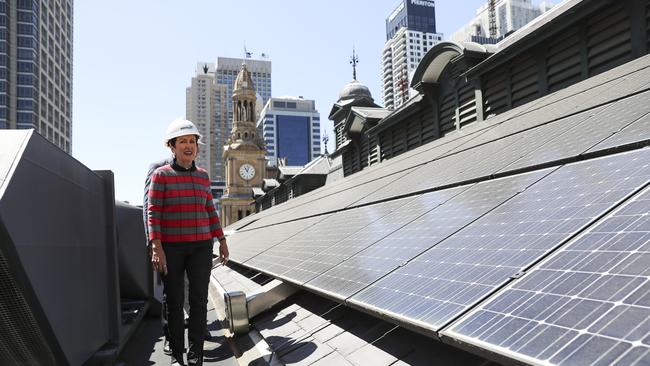Energy prices fall, but not all households benefiting
The take-up of solar ‘may raise a significant equity issue’ for those who can’t afford a rooftop system.

Average household power bills fell $65 in the past financial year but the competition regulator still believes more work needs to be done to reduce the costs of environmental schemes.
In a report on the National Electricity Market, released on Sunday, the Australian Competition & Consumer Commission found the average power bill for households fell $65 in 2018-19 year compared with 2017-18, but there was little change for small and big businesses.
Average household bills fell to $1509 in 2018–19. But this was still about 20 per cent ($254) more than in 2007–08, and the average price for a unit of electricity drawn from the grid was about 45 per cent higher in real terms.
“There is still work to be done to make electricity more affordable for households,” said ACCC chairman Rod Sims.
“We continue to seek action on our previous recommendations, which we believe will help drive bills down.”
The report did not cover the period from which the government’s “default market offer” began, on July 1 this year, but the ACCC said the measure — putting a cap on standing offer prices — was having “some positive results”.

Energy Minister Angus Taylor seized on the comment, saying the report highlighted the benefits of the default market offer price safety net.
This report found that, compared with residential flat rate standing offer prices prior to the introduction of the DMO, standing offer customers in NSW, SA and southeast Queensland could have saved between $152 and $234.
A representative small business on a standing offer in these states could have saved between $510 and $980, Mr Taylor said.
“But it clearly still pays to shop around for a better deal, with the ACCC finding that switching from a standing offer to a median market offer could save residential customers between $55 and $230, depending on the region,’’ he said.
“And more substantial benefits are available to small-business customers, with savings of between $720 and $1155.’’
While prices were falling, the ACCC warned that the take-up of solar panels “may raise a significant equity issue” for Australians who cannot afford a rooftop system.
It revealed that customers with solar paid on average $550 less on their electricity bills.
The report also found households without solar forked out $1509 for electricity last financial year while customers with solar paid $956.
“The difference in the average annual bill for residential customers with solar panels compared with residential customers more generally is estimated at around $550,” the ACCC report states.
“To the extent that customers are not able to reduce their electricity costs because they cannot access or afford the upfront cost of solar panels, this may raise a significant equity issue.”
People with rooftop solar generate some of their own electricity rather than using electricity from the grid.
The proportion of residential customers with solar has jumped from 0.2 per cent in 2007-08 to more than 16 per cent in 2018-19.
Mr Sims said all customers who could install solar should consider how much they could save by doing so.
“Funding environmental schemes through government budgets rather than through increased electricity charges should also be considered as a more equitable option,” he said.




To join the conversation, please log in. Don't have an account? Register
Join the conversation, you are commenting as Logout